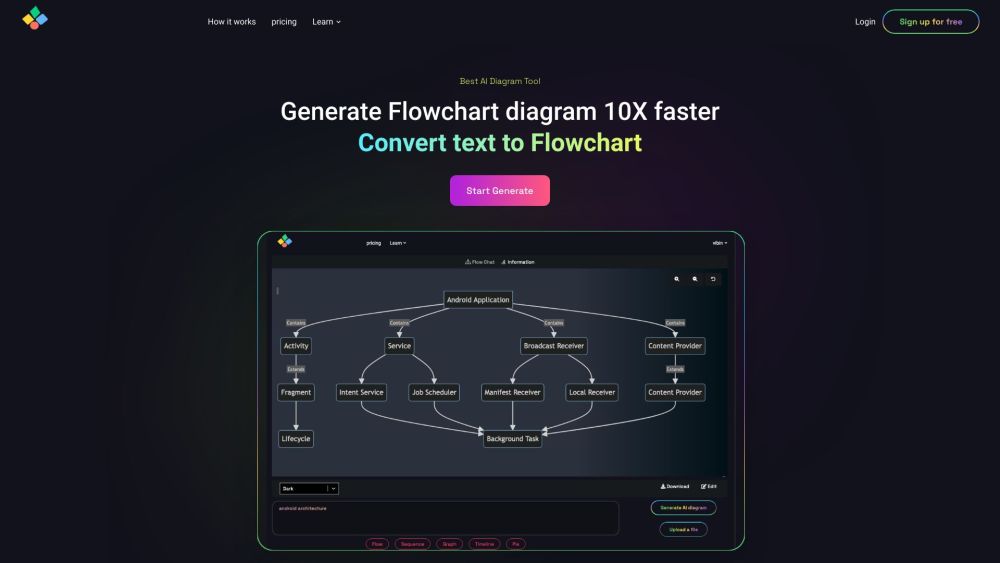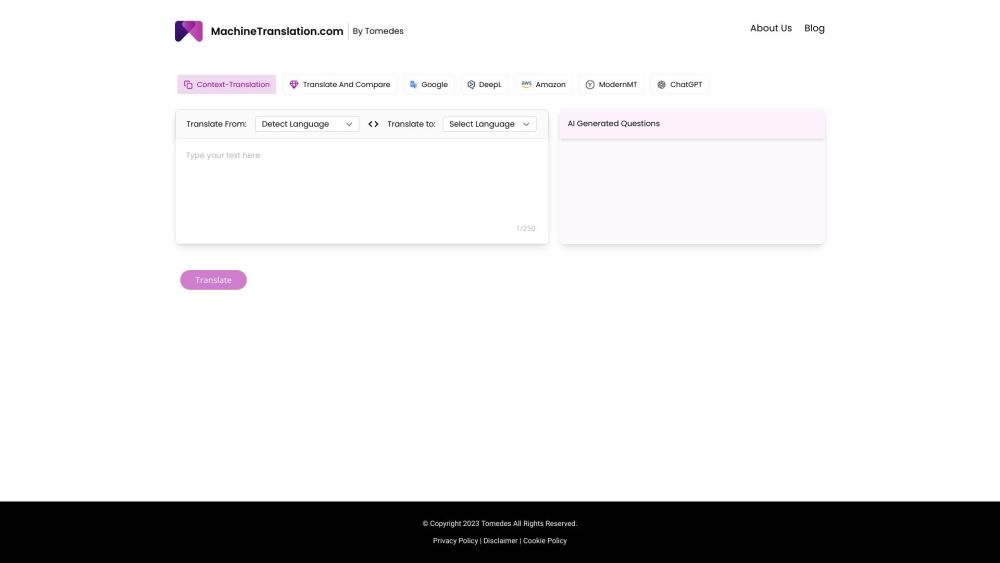Comprehensive Comparison of Dimensity 9400 and Snapdragon 8 Gen 4
As industry leaders, MediaTek and Qualcomm have unveiled their flagship processors: the Dimensity 9400 and Snapdragon 8 Gen 4. These processors compete vigorously in performance, energy efficiency, and technological innovation. This article provides a detailed comparison between the Dimensity 9400 and Snapdragon 8 Gen 4, highlighting their key differences.
1. Manufacturing Process and Architecture Design
Dimensity 9400
The MediaTek Dimensity 9400 is built on TSMC’s second-generation 3nm (N3E) manufacturing process, enhancing energy efficiency and transistor density. It features the latest ARM BlackHawk CPU architecture, comprising 1 Cortex-X5 (X925) core, 3 Cortex-X4 cores, and 4 Cortex-A720 cores, with the X5 super core reaching frequencies of up to 3.4 GHz. This architecture excels in instructions per clock (IPC), even surpassing Apple’s A17 Pro. Additionally, the Dimensity 9400 supports LPDDR5X memory at 10.7 Gbps, further boosting efficiency.
Snapdragon 8 Gen 4
Qualcomm's Snapdragon 8 Gen 4 is based on its proprietary Nuvia Phoenix architecture, offering three configurations with 12, 10, and 8 cores. The flagship SC8380 model includes 8 performance cores and 4 efficiency cores. The performance cores are designed with the Nuvia Phoenix architecture, while the efficiency cores are based on the ARM Cortex-A55 design, optimizing compatibility and power control. The Snapdragon 8 Gen 4 also utilizes either the N3E process or Samsung’s 3nm GAA technology, ensuring supply stability and cost efficiency.
2. Performance and Energy Efficiency
Performance Metrics
Engineering sample tests indicate that the Dimensity 9400 scores 2776 in single-core performance and 11739 in multi-core applications on Geekbench 6, showcasing its strong multi-core capabilities. Comparatively, the Snapdragon 8 Gen 4 achieves a single-core score of 2884 and a multi-core score of 10628, excelling in single-core performance but slightly lagging in multi-core tasks. While these figures are not from final production models, they generate anticipation for both processors.
Energy Efficiency
The Dimensity 9400 has a notable edge in energy efficiency. Reportedly, its power consumption for large core performance tasks is only 30% that of the Snapdragon 8 Gen 4. This significant efficiency is attributed to its advanced manufacturing process and optimized architecture. Although the Snapdragon 8 Gen 4 also employs advanced 3nm technology, challenges arise in managing power consumption due to the higher clock frequency of its super cores reaching 4.2 GHz.
3. Technological Innovations and Market Positioning
Technological Innovations
Both processors showcase unique technological advancements. The Dimensity 9400 supports larger AI model execution, capable of handling large language models exceeding 33 billion parameters, with potential applications in AR/VR for complex gaming and scenarios. Conversely, the Snapdragon 8 Gen 4 leverages the Nuvia Phoenix architecture to enhance performance and supports cutting-edge 5G technology, Wi-Fi 7, and LPDDR5X-4200 memory, delivering faster and more stable connectivity.
Market Positioning
Both Dimensity 9400 and Snapdragon 8 Gen 4 are positioned in the premium market segment. MediaTek's advantage in cost-performance ratio is expected to keep the Dimensity 9400 priced lower than the Snapdragon 8 Gen 4, appealing to smartphone manufacturers focused on value. Meanwhile, Qualcomm's Snapdragon 8 Gen 4, with its superior performance and comprehensive technological innovations, attracts consumers seeking top-tier user experiences.
4. Conclusion and Future Outlook
In summary, the MediaTek Dimensity 9400 and Qualcomm Snapdragon 8 Gen 4 excel in manufacturing processes, architectural design, performance, energy efficiency, and technological innovation. Each processor has distinct advantages, making it difficult to declare an outright winner. As market competition intensifies, both will continue to evolve, shaping the future of mobile technology.





